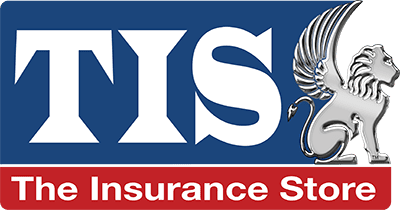 Challenge
Challenge
Employer and employee relationships are becoming more complex all the time. In our current marketplace, it is not as easy as saying let’s offer all possible benefits to our employees to attract quality workers, or let’s not offer any benefits and just pay a higher wage to attract quality workers. Business owners are constantly bombarded with workforce requirements and options connected to hiring and maintaining a productive staff. We are living in circumstances where many benefits, if not mandatory, are expected by employees. The price of benefits and taxes are pushing costs up and profitability down. What is an employer to do?
What’s Required or Available?
Here is a list of employee benefits that most employers are required and/or expected to pay. These benefits can be expensive and seem unending, such as Payroll Taxes, Workers’ Compensation, Minimum Wage, Family Leave, Unemployment Tax, State Disability, Overtime, Medical – Dental – Vision – Life -Disability Insurance, Retirement, Flexible Spending Account, Holiday Pay, Vacation, Sick Leave, and the list can go on. This may sound daunting, but all is not lost. There are ways to minimize the impact of some of these items and turn many into positives.
Solution
Some of the suggestions in this article may not eliminate the costs or resolve every issue, but to those who receive these benefits, it can improve perceptions and work output. Let’s review three points to help with what can be done and gained with employee benefits.
Communicating with Employees
Required benefits may seem to have no intrinsic value; it is just the cost of doing business. Every employer group must have it and every employee expects it. There are few alternatives or savings to the mandatory programs. It’s like a bad medication you must take, but here is some advice in making the medicine go down or the unappreciated plans seem sweet. A small amount of communication can go a long way. When hiring and each year anniversary, it is advisable to communicate these mandatory benefits to the employees. There are software programs that allow employers to show what is called a hidden paycheck. It shows an employee the full employment picture. It illustrates what is exactly paid by the employer on their behalf. With this knowledge comes an understanding of each employee’s actual cost or worth. Being aware empowers employees to act as part of the overall team. It can encourage more ownership in their individual duties at work. Engaged employees are productive employees.
Invites, Motivates, and Retains
In addition to the requirements for employment, there are expanded benefits that can be offered. These benefits may include items like health insurance, dental plans, paid days off, 401K, FSA accounts, etc. These benefits do several things: help recruit new qualified employees, retain dedicated employees, and promote better overall health and well-being. In addition to providing adequate benefits, a simple periodic survey of the employees helps keep the benefits relevant and reminds workers of the enhancements they receive with their employment. Healthy employees are also productive employees.
The alternative to providing optional benefits may be to offer increased wages to entice new and qualified workers- “money talks.” In this case, employees would be expected to procure these benefits on their own. In most cases, this can be done, but would be done with after tax dollars. It gives the employee the freedom to spend their money where they see fit.
Higher payroll costs are one of the results of wage-only employment, which affects both employer and employee. As long as the costs are anticipated, it does release the business of other rules and regulations connected to benefits. Time, cost, employee relations all need to be considered when paying a wage-only plan.
Stretching the Money
Dollar for dollar benefits gives direct compensation without adding additional taxes. As mentioned in the last section, wage-only employment will result in more taxes, but less time in navigating rules and regulations of benefit plans. However, a benefit is one area, where an employer can give more without costing more. Health, dental, vision and FSA plans are an allowable tax deduction for employers (please inquire about the exact deductions from a qualified tax advisor). Less taxes equates into cost savings.
Also, if an employer shares the cost of any of these plans, the deductions from an employee’s paycheck can be taken on a pre-tax basis. This then lowers the payroll and in turn reduces payroll taxes and Workers’ Compensation rates. It is a rare, but very commonly used IRS Code called Section 125 or Cafeteria plans. Business groups with 2 or more employees are eligible. This puts money, otherwise paid in taxes, back into the employee’s and employer’s pocket.
Conclusion
Making employees aware of employer required benefits is a first step, whether additional benefits are offered or not. Communication increases ownership. Higher wage-only employment can save some time but may cost more in taxes and employee motivation. Implementing optional benefits can improve employee attitudes and work efforts. Dollars spent on benefits can stretch the invested dollars for quality employees.
Even though money does talk, the policy of providing better employee benefits demonstrates goodwill to the employee. It helps in proving the organization offers enough benefits to keep their employees engaged and productive. These employer characteristics help generate stability in the organization and hopefully build an industrious and profitable relation with employees. This will give a statement that says the company has the power to give the most to their employees, in turn they will give their best back.
